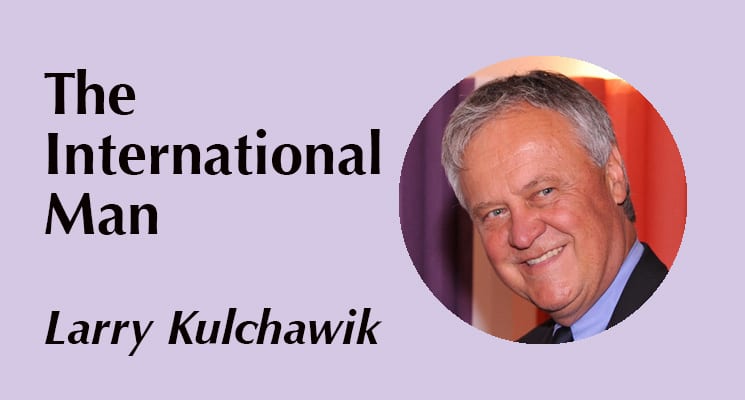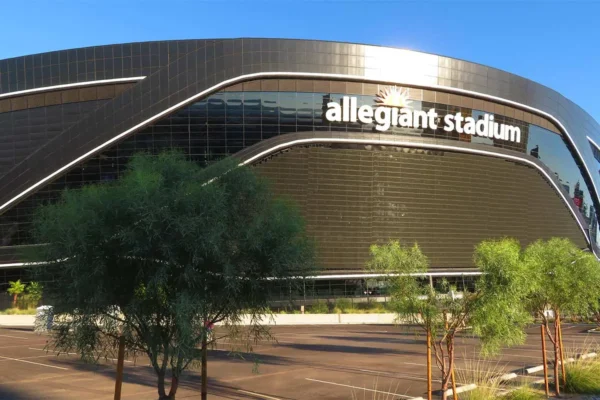by Larry Kulchawik
Five countries account for 64 percent of all major world tradeshow events conducted —Germany, USA, Italy, France, China—per UFI research. The top exhibit suppliers have become relatively proficient at helping their clients with their exhibiting needs in these countries. And within each country only select city locations represent the majority of expo events that are conducted within that country. For Germany it is Frankfurt, Dusseldorf, Cologne, and Munich. For the U.S. it is Las Vegas, Orlando, and Chicago, for Italy it is Milan, for France it is Paris, and China it is Shanghai, Hong Kong, and Beijing.
Many other country/city expo locations are popular, but not to the degree that these cities in these five countries do to influence the world of tradeshow marketing. In most cases, their attractive strength, in the eyes of the organizers, is their infrastructure, transportation access, political climate, hotel availability, size of expo center, local industries, city attractions, and the emotional influences they deliver. Depending on the size of the show, locations like Hawaii or Puerto Rico can offer an emotional attraction but are not locations with a local economy to attract regional businesses and attendees.
It takes more than an attractive location to convince a show organizer to select a location and maintain a level of cost effectiveness. Attracting world companies to attend, and accommodate the event requirements, is a key component for an organizer when selecting a tradeshow convention site. Each of the key international cities from the five countries are positioned to handle and manage large groups of visitors for a three day event without concern about overload breakdowns within the city.
Rooms are in short supply in London during Wimbledon tennis, or in Dusseldorf during Euroshop but the user-friendliness of these world trade center cities are what makes their sites attractive, not the country in which they reside. Organizers can attract both exhibitors and attendees to world class cities for face-to-face marketing events much easier than other cities with similar attractions, but without the infrastructure to support it.
Crossing borders is no longer a major concern when it comes to attracting valuable visitors to a primary, or secondary, international trade event. Regional attendees will still comprise the majority of visitors, but those exhibitors interested in increasing their market share abroad, will attend a major event dedicated to their specific industry of interest. In spite of global conflicts, the world of trade is becoming a single marketplace, with select world cities being the epicenters for major trade activity. They are attractive because of the infrastructure they have created to make trade connections most convenient and delivering stalwart results.
As corporations analyze their marketing opportunities within the world marketplace, tradeshow marketing has become a major (and an expensive) marketing tactic employed by world corporations to uncover opportunities and expand their growth globally.
Expanding internationally can be risky if awareness and cultural differences are not taken into consideration when planning for an international event. In my book, Tradeshows from One Country to the Next, I review venues, regulations, exhibit design, and cultural differences for 45 different countries. Understanding and respecting what is different will help lead to successful events.
During a recent seminar I conducted at Northeastern Illinois University, a student asked, “If 60 percent of world tradeshows are in five countries, why write a book that includes 40 other countries? Why not focus on the five countries and their main cities only?” A valid question, but shortsighted as the world continues to evolve with new international marketplaces to consider. Exhibit managers and tradeshow marketing suppliers need to be ready to hit the ground running when asked to provide services in a new location or country.
Just a few years ago, China and the Middle East were not even on the radar screen as viable tradeshow venue locations to consider. Now they are, and who knows what may happen in Russia, Iran, or North Korea.
The geography of globalization is changing within the developing world. According to a recent report by the McKinsey Global Institute, “roughly half of global GNP growth in the next ten years will come from some 440 rapidly expanding cities in the developing world, some of which most Western executives may not be able to find on a map. Such cities as Hsinchu in Taiwan, or the state of Santa Catarina in Brazil.”
The world trade economy is already adapting to this new reality. More than half of all international trade in goods involves at least one developing country. There are many factors that serve to influence this lateral growth in trade. This new growth will influence the location selection that tradeshow organizers might consider when deciding where to conduct their events. The addition of new world venue locations, and customers’ decisions to exhibit internationally, will continue to unfold. As an exhibit supplier, being ready to dance in a new location is an important first step for effective planning to assist your exhibiting customers in a new location. As the world moves closer to a single global marketplace, awareness and communication skills across borders will play a vital role in every company’s global marketing success.
Larry Kulchawik is the head of Larry Kulchwawik Consulting and author of “Trade Shows from One Country to the Next.” For more info, visit www.larrykulchawik.com.
This story originally appeared in the July/August issue of Exhibit City News, p. 20. For more pictures and original layout, visit http://issuu.com/exhibitcitynews/docs/ecnflipbook_julyaugust2018_web?e=16962537/62860459































